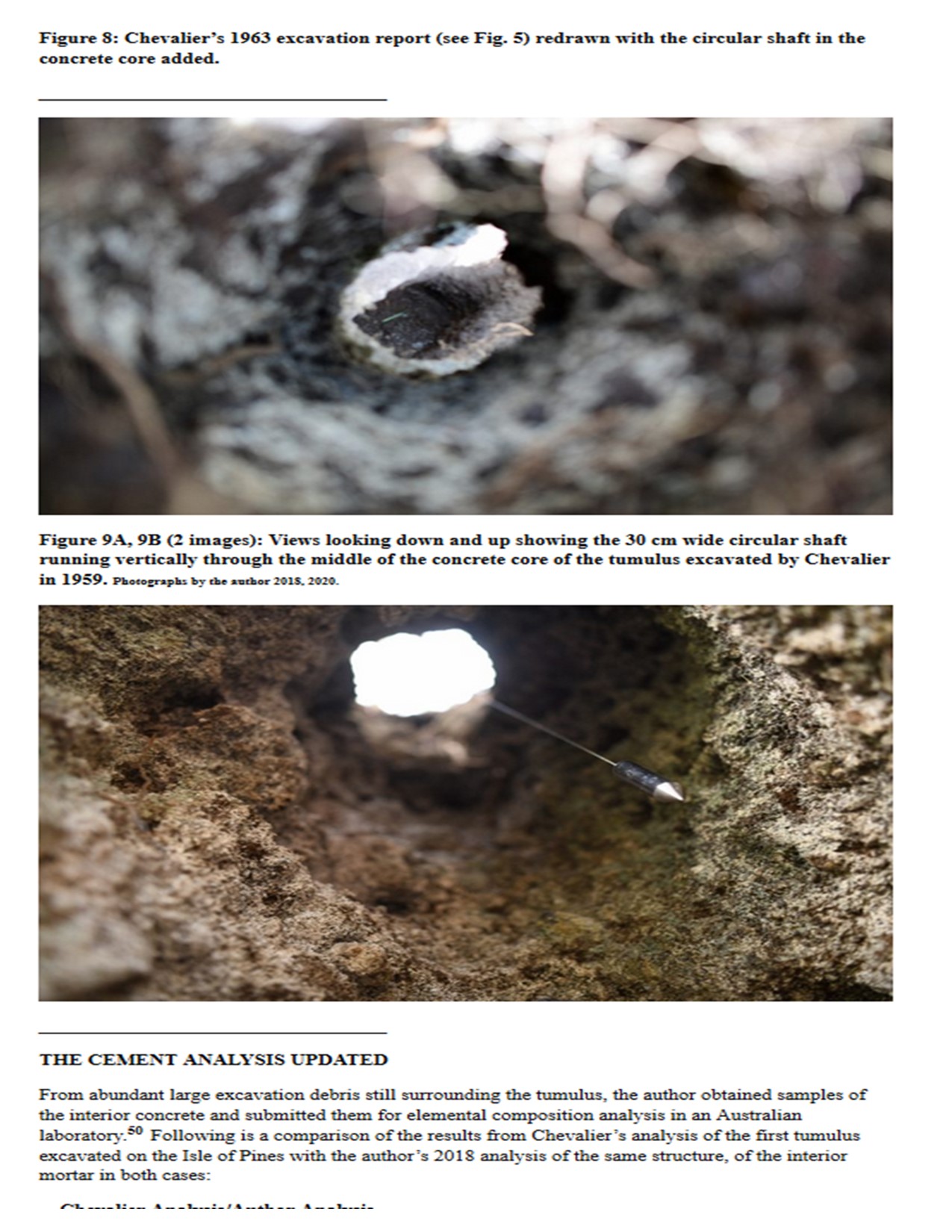It looks like you're using an Ad Blocker.
Please white-list or disable AboveTopSecret.com in your ad-blocking tool.
Thank you.
Some features of ATS will be disabled while you continue to use an ad-blocker.
share:
originally posted by: Phage
a reply to: Hanslune
Dead link.
Dammit, sounds good. As we speak I can gaze at an offshore island (Kapapa) which is the remnant of a coral reef. A result of sea level subsidence.
Spent a number of overnighters out there as a teenager. Much safer than driving around Honolulu.
Yeah use to fish near there. Live in Kailua in the early sixties. I remember JFK visited the Marine base and his Jackie visited our school.
..................
The evidence is quite interesting. Unfortunately don't know anyone who is associated with the French or might have experience with that Island.
Try that link again
horizon.documentation.ird.fr...
If it breaks again here is the cite:
New Hebrides trench: subduction rate from associated lithospheric bulge1 J. DUBOIS, J. LAUNAY, AND J. RECY ORSTOM B.P. A5 Noumea, New Caledonia
I'm getting it as a pdf off Google scholar
originally posted by: Phage
a reply to: FishBait
That's weird. The link in your quote works but the one in the post you replied to does not.
The sample from Pine Island dates to 118,000 years ago but that date is considered unreliable.
The age of the coral from the Isle of Pines is unreliable because it has been recrystallized by as much as 30%, and it was the only sample dated from this site
I wonder what recrystallization of coral might entail.
Odd that it works in one place and not the other - mysteries of the internet.
I was wondering if the structures could be some weird part of a lifted reef. However despite spear fishing around coral reefs as a kid I don't actually know much about them.
saw a video years ago , a doco. in the genre of ' Killing of America' where they showed tribal justice of a traditional sense. A village chomo had
been discovered. Eventually he was bound hand & foot & laid on the ground & prevented from moving. Other tribesmen had sourced 25-30 foot long bamboo
type poles that they'd spent some time shaving/filing down into a needle like point end. A speech was given by presumably an elder after which the
pointed tip was placed mere centimeters into his anus. Then with many men involved they hoisted the pole 90 degrees facing the sky with this chomo
atop it until gravity & his own sphincter let him down. It struck me that all the men had to keep everything 90degrees until the chomo's feet touched
down again, perhaps these holes described were pole holders of sorts ? Like a macabre giant incense stick holder....sort of .
originally posted by: Phage
a reply to: Hanslune
Ancient coral heads could fit.
But there are clusters of these things at pretty high elevations (100+ meters). Accounting for the iron oxide is also problematic if the presumption is that these are uplifted reefs.
Yes odd and odder. The great mantra of archaeology must be said - we need more money, people and inspiration to excavate more!
After reading the article referenced by the OP, I happened upon an article about a town in Upper Mustang, part of Nepal.
In the picture was an ornamental part of a building that bears a VERY strong resemblance to the illustration of the concrete structure, and the piece buried underneath it.
Here is the link to the photo:
en.wikipedia.org...#/media/File:LoManthang_1.JPG
Perhaps these are representations of something that impressed ancient people, and have been reproduced down through generations.
Say you?
In the picture was an ornamental part of a building that bears a VERY strong resemblance to the illustration of the concrete structure, and the piece buried underneath it.
Here is the link to the photo:
en.wikipedia.org...#/media/File:LoManthang_1.JPG
Perhaps these are representations of something that impressed ancient people, and have been reproduced down through generations.
Say you?
If they knew how to make concrete id have to say where is the buildings? Romans built all kinds of things when they learned to make concrete. To think
they would just use it to put posts in the ground is silly. However these mounds were made the process eventually led to concreate but i suspect the
time it took may have been hundreds of years.
a reply to: dragonridr
There are all manner of concretes, over time Lime based concretes break down as the lime is taken out of them by water solubility, plant's etc leaving just graven and sand were there used to be solid concrete but there are possibly other forms of Geopolymer that could have survived.
For example the Bosnian Pyramid's that many still deny are a prime example of a stone technology that look's like the nearby rock but is actually very different, harder even than modern concrete.
Then there are claims that some ancient civilization may have had the knowledge to soften stone either through chemical's or even acoustic vibrations (though I have yet to see an opera singer melt a mountain).
Then there is the whole subject of sound levitation.
There are all manner of concretes, over time Lime based concretes break down as the lime is taken out of them by water solubility, plant's etc leaving just graven and sand were there used to be solid concrete but there are possibly other forms of Geopolymer that could have survived.
For example the Bosnian Pyramid's that many still deny are a prime example of a stone technology that look's like the nearby rock but is actually very different, harder even than modern concrete.
Then there are claims that some ancient civilization may have had the knowledge to soften stone either through chemical's or even acoustic vibrations (though I have yet to see an opera singer melt a mountain).
Then there is the whole subject of sound levitation.
a reply to: FishBait
I think I've seen this before.
This is a photo from OP's link of a Tumuli field full of mounds.
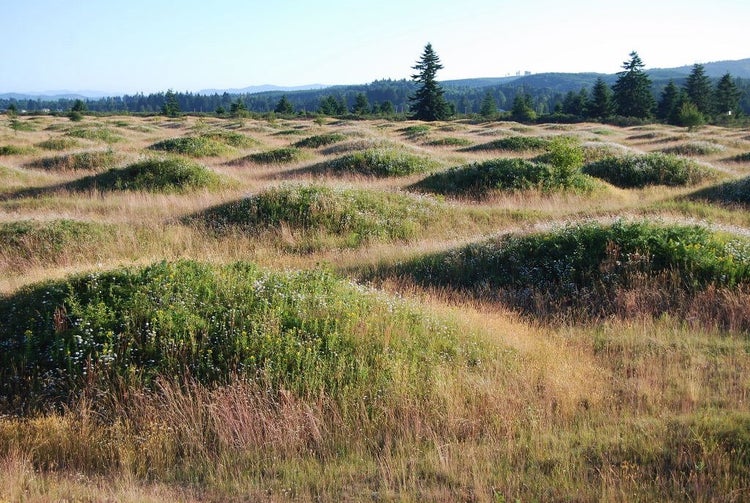
Here is the excavation diagram's.
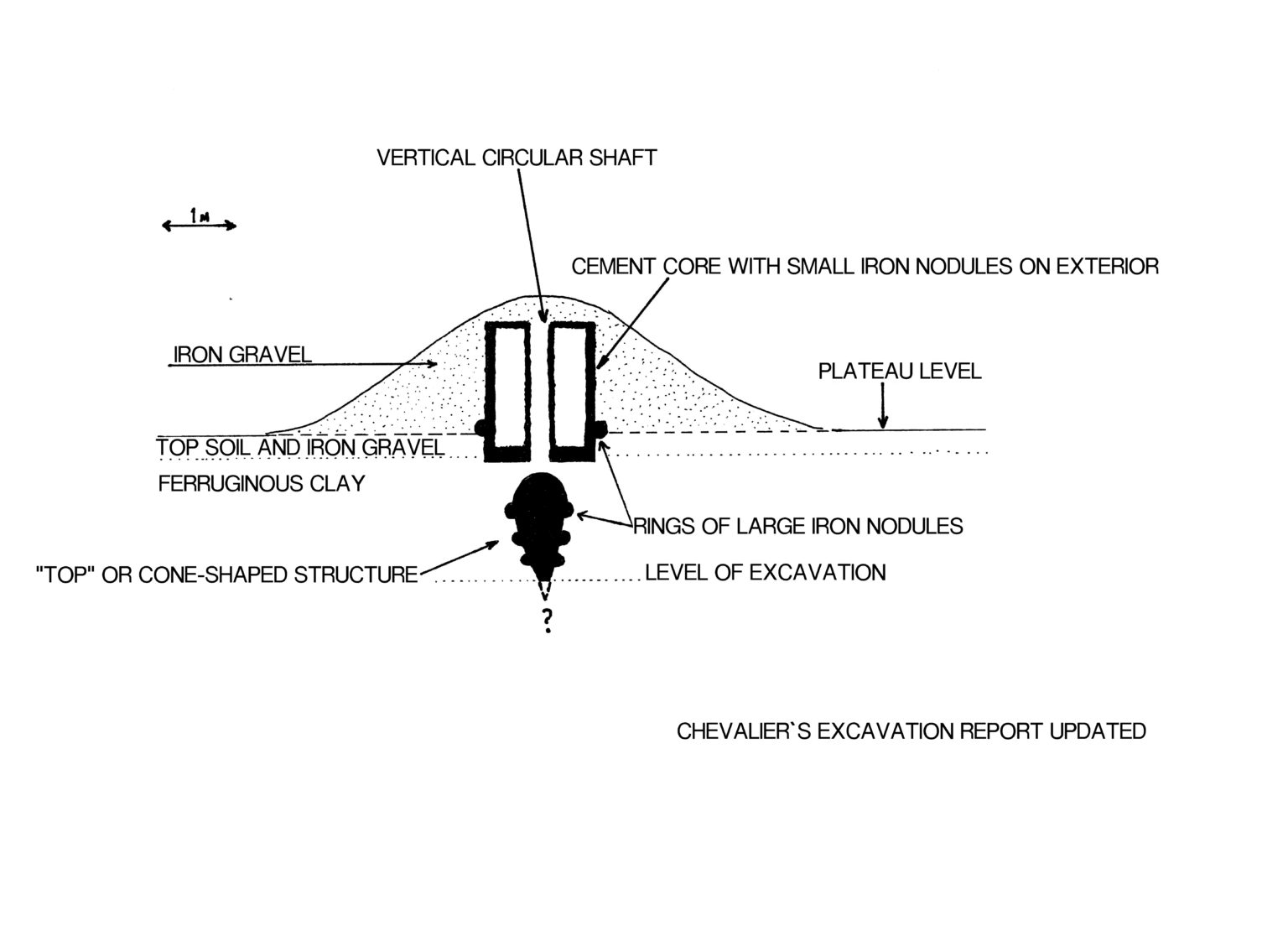
Here is a theory on how they were built.

And here is what comes to mind.

This is HAARP.
And what was built, may have been a huge antenna field, used to send a specific frequency.
Maybe, maybe not.
I think I've seen this before.
This is a photo from OP's link of a Tumuli field full of mounds.

Here is the excavation diagram's.

Here is a theory on how they were built.

And here is what comes to mind.

This is HAARP.
And what was built, may have been a huge antenna field, used to send a specific frequency.
Maybe, maybe not.
originally posted by: LABTECH767
Here is a better view of that particular Bosnian hill. Lab have you ever noticed that you only ever get images of that hill from a certain view point? You never see behind it?
Here's why:
centerforcreativeconsciousness.com...
A contour map of the area showing the 'pyramid' is just part of a ridge line. People photograph it to avoid showing the connection to the parent ridge to promote it being a stand alone pyramid - it ain't.
Now do I expect you to believe that? Nope, I'm showing this to you and other items so you understand why others don't except your opinions. We do so not because we are evil meanies who are part of vast conspiracy but for sound, rational scientific reasons based on evidence and reasoned, sagacious, astute and cogent determination.
Now you can go on believing but understand why we don't agree with you.
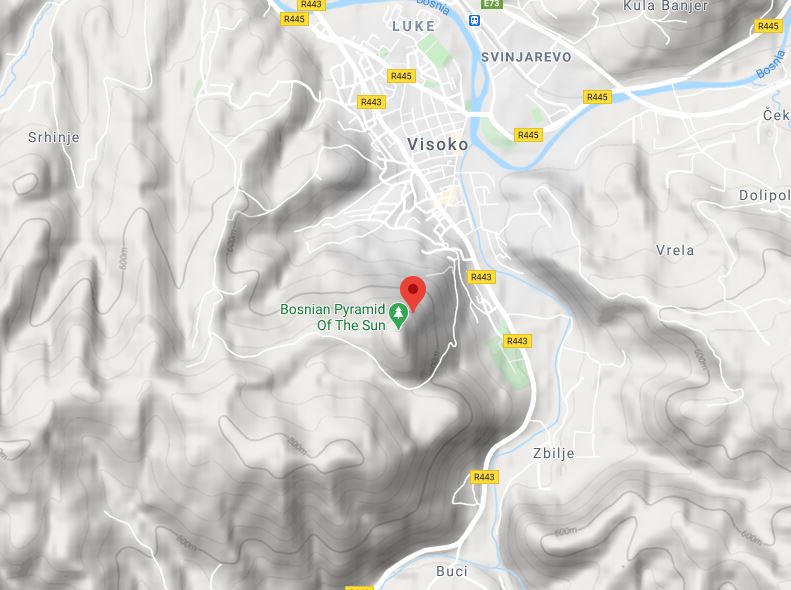
originally posted by: Violater1
a reply to: FishBait
I think I've seen this before.
This is a photo from OP's link of a Tumuli field full of mounds.
Here is the excavation diagram's.
Here is a theory on how they were built.
And here is what comes to mind.
This is HAARP.
And what was built, may have been a huge antenna field, used to send a specific frequency.
Maybe, maybe not.
Kool but the tumuli on the Isle of pines show no such regularity of placement.
popular-archaeology.com...
edit on 29/8/20 by Hanslune because: (no reason given)
a reply to: Violater1
No it isn't. It's a photo from Cameroon.
This is a photo from OP's link of a Tumuli field full of mounds.
No it isn't. It's a photo from Cameroon.
Figure 7A, 7B (2 images): A view showing so-called “mima-like mounds” and a graphic illustrating two hypothesized erosion scenarios resulting in the formation of mima-like mounds. Graphic kindly provided by Nathalie Diaz, University of Lausanne.
originally posted by: Phage
a reply to: Violater1
This is a photo from OP's link of a Tumuli field full of mounds.
No it isn't. It's a photo from Cameroon.
Figure 7A, 7B (2 images): A view showing so-called “mima-like mounds” and a graphic illustrating two hypothesized erosion scenarios resulting in the formation of mima-like mounds. Graphic kindly provided by Nathalie Diaz, University of Lausanne.
OK , I get it. I saw the photo in the link and felt it was connected.
So what are your thoughts on the construction?

a reply to: Violater1
Actually, you can see it in the image I posted. It looks about as circular as the core is regular. Not very.
The drawing seems to misrepresent the "concrete core."
And you don't see a visible shaft here either, correct?
Actually, you can see it in the image I posted. It looks about as circular as the core is regular. Not very.
The drawing seems to misrepresent the "concrete core."
edit on 8/29/2020 by Phage because: (no reason given)
a reply to: Phage
Ah, I see what you mean. There is a concrete cap or dome on top of this one particular, pillar.
What do you think these are? What are your thoughts on how the concrete was made from a period so far back? What would be the purpose of the iron nuggets set in a circular fashion?
Ah, I see what you mean. There is a concrete cap or dome on top of this one particular, pillar.
What do you think these are? What are your thoughts on how the concrete was made from a period so far back? What would be the purpose of the iron nuggets set in a circular fashion?
a reply to: Violater1
I'm not convinced that the concrete is artificial.
I'm not convinced that the iron oxide nodules are in any more of a circular pattern than the core is regular. From all appearances, there are probably nodules throughout the core.
I'm not convinced there is a "purpose."
I'm not convinced that the concrete is artificial.
I'm not convinced that the iron oxide nodules are in any more of a circular pattern than the core is regular. From all appearances, there are probably nodules throughout the core.
I'm not convinced there is a "purpose."
edit on 8/29/2020 by Phage because: (no reason given)
originally posted by: Phage
a reply to: Violater1
I'm not convinced that the concrete is artificial.
I'm not convinced that the iron oxide nodules are in any more of a circular pattern than the core is regular. From all appearances, there are probably nodules throughout the core.
I'm not convinced there is a "purpose."
OOOOH, natural concrete, I haven't heard of that before.
When I look at this photo, outside the box, I can see a concrete gear housing. I can see where the two narrow shafts come together at a 90 degree angle.
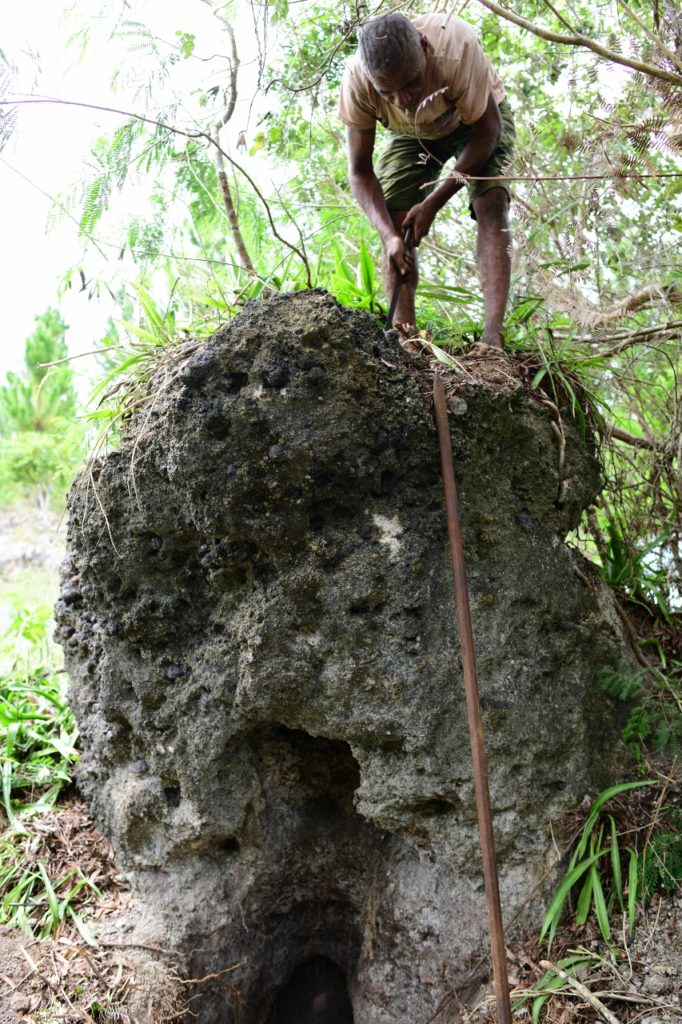
The second narrow shaft extends down through the dirt and perhaps, was connected to what we see, as a drill bit. The tailings would surface by going up the space between the natural concrete inner shaft and the shaft that spins the bit.

new topics
-
Comparing the theology of Paul and Hebrews
Religion, Faith, And Theology: 25 minutes ago -
Pentagon acknowledges secret UFO project, the Kona Blue program | Vargas Reports
Aliens and UFOs: 1 hours ago -
Boston Dynamics say Farewell to Atlas
Science & Technology: 1 hours ago -
I hate dreaming
Rant: 2 hours ago -
Man sets himself on fire outside Donald Trump trial
Mainstream News: 4 hours ago -
Biden says little kids flip him the bird all the time.
2024 Elections: 4 hours ago -
The Democrats Take Control the House - Look what happened while you were sleeping
US Political Madness: 4 hours ago -
Sheetz facing racial discrimination lawsuit for considering criminal history in hiring
Social Issues and Civil Unrest: 4 hours ago -
In an Historic First, In N Out Burger Permanently Closes a Location
Mainstream News: 6 hours ago -
MH370 Again....
Disaster Conspiracies: 7 hours ago
top topics
-
In an Historic First, In N Out Burger Permanently Closes a Location
Mainstream News: 6 hours ago, 14 flags -
The Democrats Take Control the House - Look what happened while you were sleeping
US Political Madness: 4 hours ago, 11 flags -
Thousands Of Young Ukrainian Men Trying To Flee The Country To Avoid Conscription And The War
Other Current Events: 17 hours ago, 8 flags -
A man of the people
Medical Issues & Conspiracies: 12 hours ago, 8 flags -
Man sets himself on fire outside Donald Trump trial
Mainstream News: 4 hours ago, 7 flags -
Biden says little kids flip him the bird all the time.
2024 Elections: 4 hours ago, 6 flags -
4 plans of US elites to defeat Russia
New World Order: 14 hours ago, 4 flags -
Pentagon acknowledges secret UFO project, the Kona Blue program | Vargas Reports
Aliens and UFOs: 1 hours ago, 4 flags -
Sheetz facing racial discrimination lawsuit for considering criminal history in hiring
Social Issues and Civil Unrest: 4 hours ago, 3 flags -
Are you ready for the return of Jesus Christ? Have you been cleansed by His blood?
Religion, Faith, And Theology: 9 hours ago, 3 flags
active topics
-
The Democrats Take Control the House - Look what happened while you were sleeping
US Political Madness • 40 • : ImagoDei -
Thousands Of Young Ukrainian Men Trying To Flee The Country To Avoid Conscription And The War
Other Current Events • 39 • : RickyD -
12 jurors selected in Trump criminal trial
US Political Madness • 109 • : ImagoDei -
Boston Dynamics say Farewell to Atlas
Science & Technology • 2 • : theatreboy -
The defamation of Mary Magdalene
Religion, Faith, And Theology • 15 • : Solvedit -
A man of the people
Medical Issues & Conspiracies • 9 • : tarantulabite1 -
Silent Moments --In Memory of Beloved Member TDDA
Short Stories • 47 • : Naftalin -
George Knapp AMA on DI
Area 51 and other Facilities • 28 • : theshadowknows -
Pentagon acknowledges secret UFO project, the Kona Blue program | Vargas Reports
Aliens and UFOs • 4 • : Ophiuchus1 -
Comparing the theology of Paul and Hebrews
Religion, Faith, And Theology • 0 • : DISRAELI2

